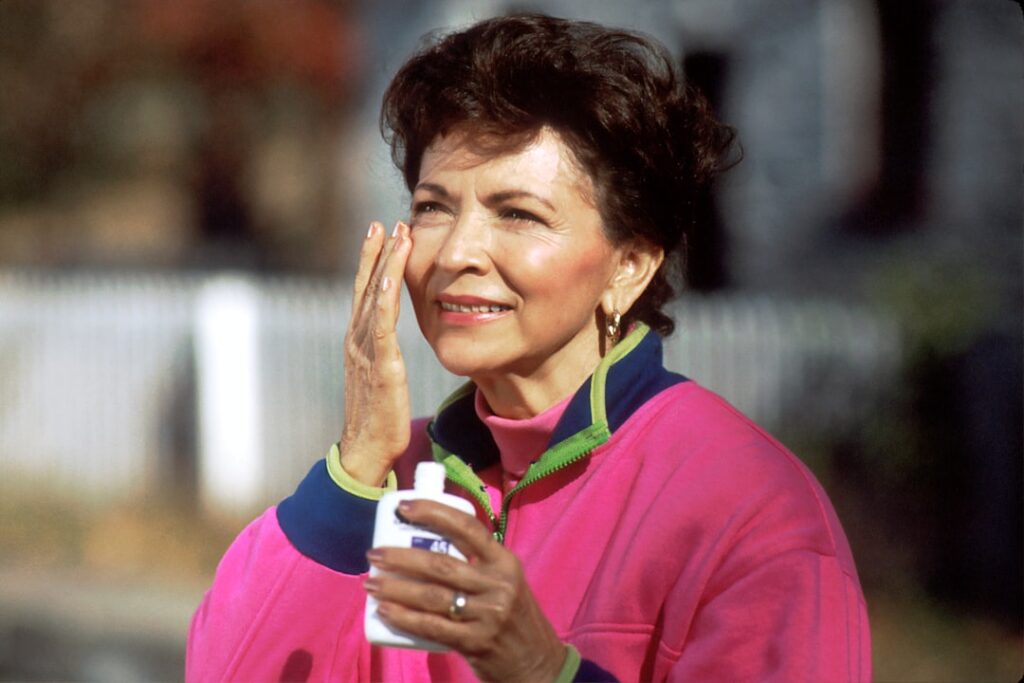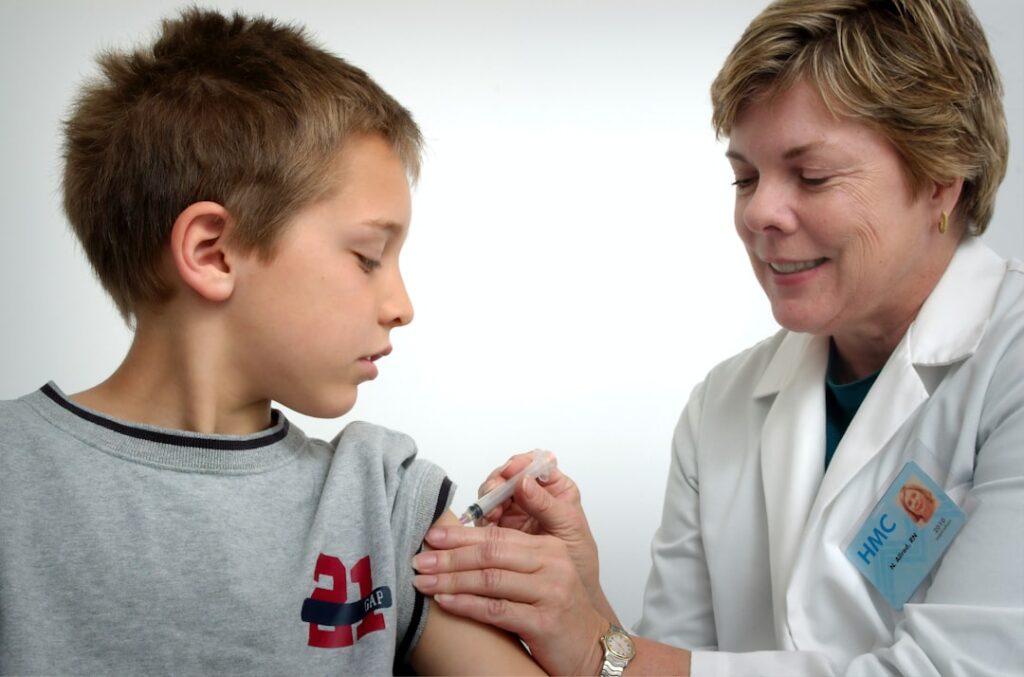Be Aware of Skin Cancer: Tips on Early Detection and Prevention
- Introduction
- Understanding Skin Cancer
- What is skin cancer?
- Types of skin cancer and their characteristics
- Importance of Early Detection
- Early Detection Methods
- Prevention Strategies
- Role of sunscreen in skin cancer prevention
- Tips for minimizing sun exposure
- Other preventive measures for reducing skin cancer risk
- Conclusion
Introduction
Skin cancer, one of the most prevalent forms of cancer globally, can be a looming threat if left unchecked. However, with awareness and proactive prevention, it is significantly manageable. Early detection plays a critical role in successful treatment, markedly improving survival rates. This article will guide you through essential tips for recognizing early signs of skin cancer and effective preventive measures to protect your health. Awareness is your first line of defense—arm yourself with knowledge and take control of your skin’s well-being.
Understanding Skin Cancer

What is skin cancer?
Skin cancer arises from the abnormal growth of skin cells and often develops on skin exposed to the sun. However, this common form of cancer can also occur on areas of your skin not ordinarily exposed to sunlight. There are three major types of skin cancer — basal cell carcinoma, squamous cell carcinoma, and melanoma. You can reduce your risk of skin cancer by limiting or avoiding exposure to ultraviolet (UV) radiation. Checking your skin for suspicious changes can help detect skin cancer at its earliest stages. Early detection of skin cancer gives you the greatest chance for successful skin cancer treatment.
Types of skin cancer and their characteristics
Skin cancer is primarily categorized into three types:
– Basal cell carcinoma (BCC): This is the most common form and typically occurs in sun-exposed areas of your skin, like your head and neck. It’s recognizable by shiny, translucent or pearly bumps, though it can also present as flat, flesh-colored or brown scar-like lesions.
– Squamous cell carcinoma (SCC): Also commonly localized to sun-exposed regions such as the ears, face, and hands, SCC tends to appear as firm, red nodule or a flat lesion with a scaly, crusted surface.
– Melanoma: The most dangerous form of skin cancer, melanoma can develop in existing moles that become cancerous or as new suspicious growths. Melanoma signs include variations in size, shape, or color of moles, including shades of black or brown, sometimes with patches of pink, red, white, or blue.
Understanding these types can help individuals recognize early signs and seek timely treatment.
Importance of Early Detection
Why early detection is crucial in skin cancer
Detecting skin cancer in its early stages is not just beneficial; it’s crucial. Early detection of skin cancer, particularly melanoma, can dramatically increase the chances of successful treatment and can reduce the need for extensive and invasive surgery, and in many cases, might be life-saving. Melanoma can be especially aggressive and can spread rapidly to other organs if not treated at an early stage. For non-melanoma skin cancers such as basal cell carcinoma and squamous cell carcinoma, early detection offers a high cure rate, often with minimally invasive treatments and less significant cosmetic impact.
Benefits of regular skin checks
Incorporating regular skin checks into your health routine is an effective measure for early detection of skin cancer. Benefits of regular skin examination include:
– Early Diagnosis: Regular checks can help catch precancerous or cancerous lesions early when they are most treatable.
– Cost-effective Treatment: Early detection typically results in less complex health issues, hence less expensive treatments.
– High Survival Rates: Especially in cases of melanoma, the survival rates are remarkably higher when the disease is caught early.
– Peace of Mind: Regular monitoring of your skin helps detect changes early, providing reassurance through proactive health management.
It’s recommended to perform a self-examination once a month and consult a dermatologist for a professional examination annually, or more often if you’re at higher risk. During self-exams, follow the ABCDE rule for moles: watch out for Asymmetry, Border irregularity, Color that is not uniform, Diameter greater than 6mm, and Evolving size, shape or color. These checks are your first line of defense against skin cancer, significantly boosting early detection and effective treatment.
By understanding the types and signs of skin cancer and recognizing the critical importance of early detection through regular skin checks, you can take proactive steps to ensure your skin’s health and longevity. Remember, the most efficient way to fight skin cancer is by preventing it from taking a foothold in the first place.
Early Detection Methods
Detecting skin cancer in its early stages drastically improves treatment efficacy and outcomes. Recognizing the warning signs and adopting regular examination routines can save lives. Below are detailed methods to encourage early detection.
Self-examination techniques
Performing regular self-examinations is a powerful tool for identifying potential skin cancer early. Start by examining your body in a well-lit room using a full-length mirror along with a hand-held mirror for hard-to-see areas. Follow these steps:
– Examine your body front and back, then the right and left sides, with arms raised.
– Look at your underarms, forearms, and palms. Check your legs, between toes, and the soles of your feet.
– Use the hand-held mirror to inspect the back of your neck, scalp, and other areas not easily visible.
Be alert for new moles, changes in the size, shape, or color of existing moles, or any other skin changes. The ABCDE rule can assist, where A stands for Asymmetry, B for Border irregularity, C for Color that is not uniform, D for Diameter greater than 6mm, and E for Evolving size, shape, or color.
When to seek professional help for suspicious skin changes
It’s crucial to consult a healthcare professional if you notice any changes during your self-examinations. Don’t wait if you observe:
– Any new, unusual growth or sore that doesn’t heal.
– An existing mole that starts itching, bleeding, or changing in any form.
– A spot becoming painful or shows any of the ABCDE signs.
Early professional evaluation ensures prompt diagnosis and management, minimizing the potential severity of skin conditions.
Prevention Strategies

Being proactive about skin cancer prevention not only helps in reducing the risk but can also instill healthy habits that benefit overall wellness. Here’s how you can implement effective prevention strategies.
Role of sunscreen in skin cancer prevention
Sunscreen isn’t merely an accessory for beach days; it’s a daily necessity. Sunscreens help shield your skin from harmful UV rays, which are a primary cause of skin cancer. For effective protection:
– Choose broad-spectrum sunscreens that protect against both UVA and UVB rays.
– Use a sunscreen with a minimum SPF of 30, even on cloudy days.
– Apply generously on all exposed skin and reapply every two hours, or more frequently if swimming or sweating.
Remember, regular use of sunscreen can significantly lower your risk of developing skin cancers like melanoma.
Tips for minimizing sun exposure
Limiting your time in the sun, especially during peak hours between 10 AM and 4 PM when the sun’s rays are strongest, is critical. Implement these suggestions:
– Wear protective clothing such as long-sleeved shirts, pants, and wide-brimmed hats.
– Seek shade whenever possible, particularly during midday hours.
– Understand that water, snow, and sand can reflect and intensify the harmful effects of UV rays.
Other preventive measures for reducing skin cancer risk
Apart from using sunscreen and minimizing sun exposure, other preventive strategies include:
– Avoid tanning beds: Tanning lamps and beds are known to significantly increase the risk of skin cancer.
– Regular skin checks: Professional skin examinations by a dermatologist can catch skin cancer early, when it is most treatable.
– Educate yourself and others: Awareness about skin cancer’s risks, detection, and prevention can empower you and your community to take action.
Embracing these preventive methods provides multiple lines of defense against skin cancer. Regular observance of these practices plays a crucial role in maintaining skin health and early cancer detection, ultimately leading to better health outcomes. Remember, the power to protect your skin is largely in your hands—regular checks and preventative measures are key.
Conclusion
Skin cancer, while alarming, is largely preventable and treatable when caught early. Embrace daily sunscreen use, regular skin checks, and making intelligent lifestyle choices like seeking shade during peak sun hours and avoiding tanning beds. Remember, early detection significantly boosts treatment success rates. Make a habit of examining your skin and scheduling professional skin evaluations. By integrating these proactive practices, you not only safeguard your skin but also enhance your overall long-term health. Stay vigilant and prioritize your skin’s health—it could be lifesaving.